What is Canela? All About Mexican Cinnamon
4
Updated Mar 04, 2025, Published Oct 17, 2024
This post may contain affiliate links. Please read our disclosure policy.
If you’re a regular reader, you may be wondering, What is Canela? Today we’re doing a deep dive into this common ingredient so you can learn why this particular variety of cinnamon is so important to Mexican cuisine, as well as where to find it and how to use it.
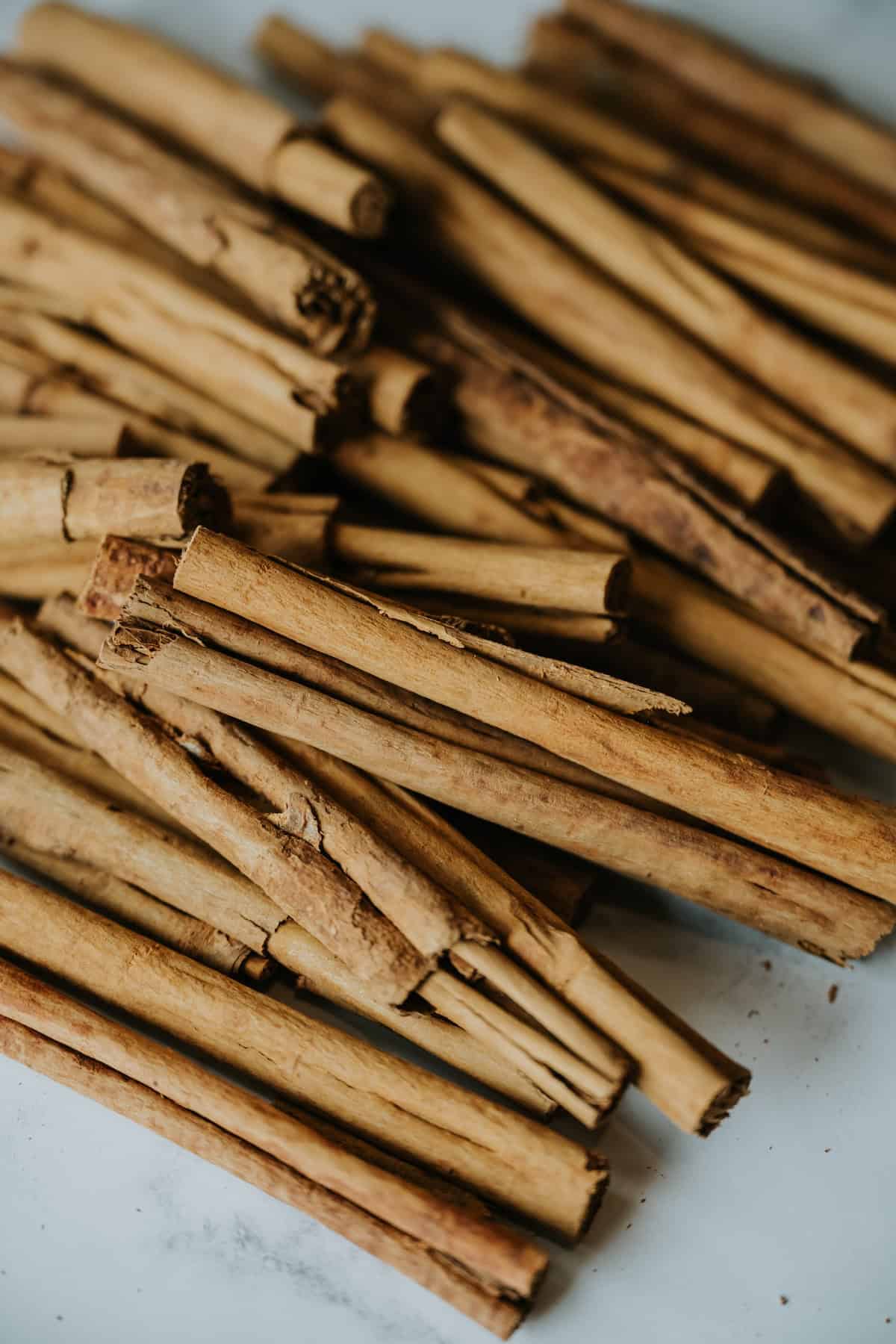
Is canela the same as cinnamon? Saigon vs. Ceylon cinnamon
Canela is a variety of cinnamon that is popular in Mexican and other Latin American cuisines. Also known as true cinnamon, Mexican cinnamon, or Ceylon cinnamon, it’s native to Sri Lanka. But while canela is a member of this spice family, it tastes quite a bit different from what many Americans associate with “cinnamon.”
Around the globe, the most common variety of cinnamon is cassia—it accounts for a whopping 95% of the world’s cinnamon supply. If you’ve bought a bottle of cinnamon sticks or ground cinnamon from a normal grocery store, chances are it’s cassia!
Native to South China, this nearly ubiquitous version of the spice has a peppery kick with a sharp spiciness. Reddish brown cassia cinnamon sticks are also quite hard—most folks can’t break them with their bare hands.
Light brown canela, on the other hand, is far milder in flavor—there’s not much heat, instead offering a sweet, fruity flavor with a vanilla undertone. If you purchase Mexican cinnamon sticks, you’ll also see a big difference—they’re soft and crumbly to the touch, and are wrapped in looser coils than their cassia counterparts.
Not to overwhelm you, but there are also two other varieties of cinnamon in addition to cassia and canela—spicy Saigon cinnamon from Vietnam and super mellow Korintje cinnamon from Indonesia. Neat, right?

What does canela mean?
Generally speaking, canela simply means “cinnamon” in Spanish. This term for the spice is also often used interchangeably with te de canela, or cinnamon tea. When you hear canela, you should think of the Ceylon/Mexican cinnamon variety in particular. It can sometimes also refer to a tan, light brown color.
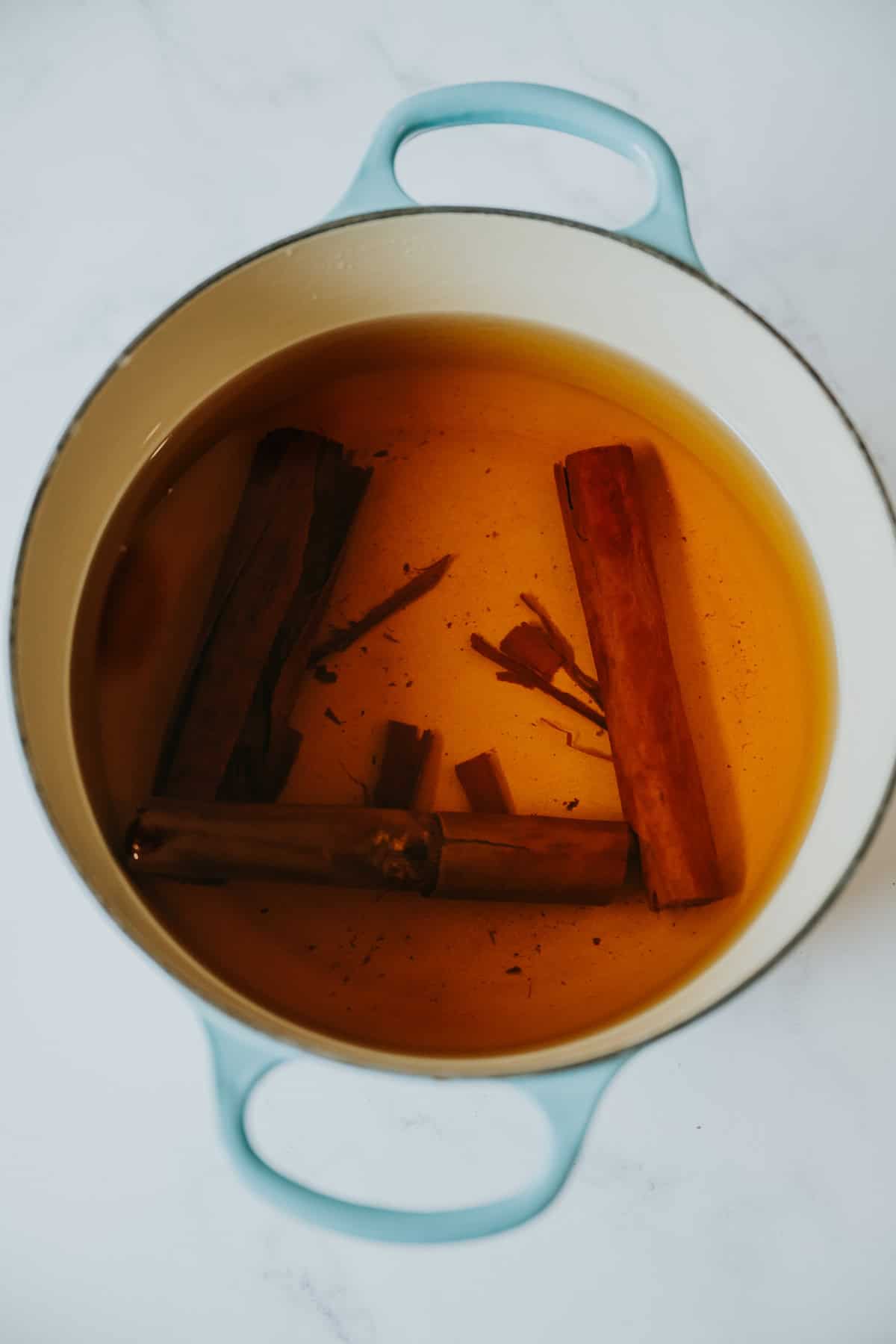
What flavor is Mexican cinnamon?
For Americans, I like to describe canela as cinnamon-lite. It has some of that familiar warmth we associate with cinnamon, but is milder. Conversely, canela is sweeter than cassia thanks to its high eugenol content—a compound that offers sweet, clove-like flavor notes. In short, Mexican cinnamon tastes warm and cozy with a sweeter, less sharp flavor than regular cinnamon.
What is canela good for?
So many things it’s hard to count! The first thing that comes to mind is baking—you’ll find it in Mexican classics like homemade churro sticks, easy capirotada, cinnamon sugar buñuelos, 3-ingredient orejitas, and wedding cookies. Canela is also a frequent ingredient for breakfast favorites like atole de vainilla, gorditas de azucar, arroz con leche, and Mexican avena. Even savory dishes are made with this warming spice, like cinnamon apple pork chops and chicken mole.
During Christmas-time, Latin markets sell large stalks of Mexican cinnamon bark in bins with tall pieces of fresh sugarcane to make holiday recipes like ponche navideño, tricolor polvorones, and Mexican cinnamon cookies (a.k.a. biscochos).

Want something fun and new for your next holiday gathering? My cinnamon apple empanadas are like little apple hand pies!
But, don’t think Mexican cinnamon is just for eating. It’s also great for making drinks! I like to add canela to my coffee to make traditional cafe de olla. Whenever I’m feeling ill, té de canela is one of the first remedios I turn to. You’ll also find it in everything from agua de jamaica and calientito (warm pear cider) to homemade horchata and Mexican hot chocolate.
Beyond that, I also love using whole canela sticks as cocktail swizzle sticks, making fragrant simmer pots, and even decorating around the holidays.
Is it healthy?
There have been numerous studies showing that all varieties of cinnamon offer promising health benefits that I’ve touted for years, including being rich in essential nutrients like manganese and antioxidants; helping stabilize blood sugar; acting as an anti-inflammatory and anti-microbial agent; and aiding in digestion. Hop on over to my canela tea post to learn more about what this spice can do!
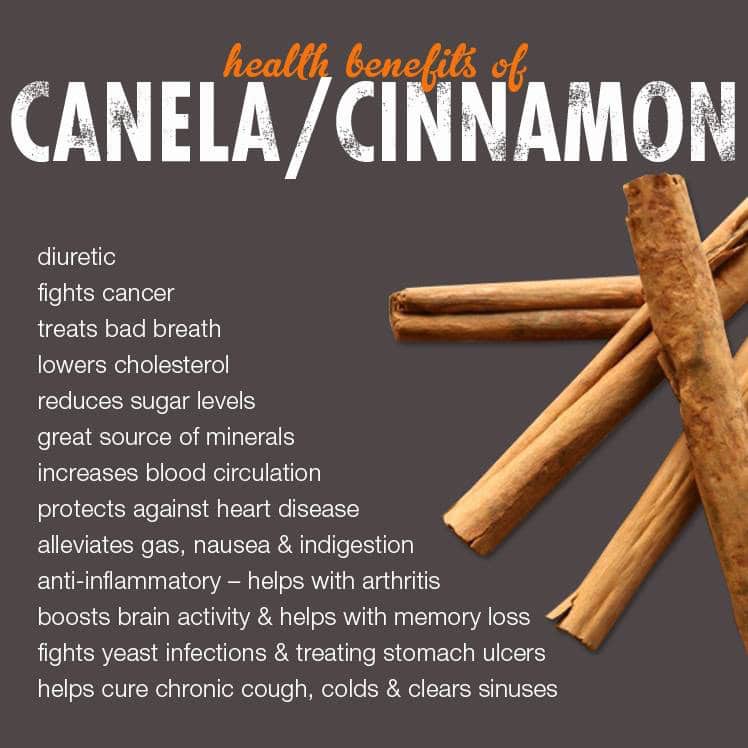
Where to buy Mexican cinnamon?
If possible, buy your cinnamon sticks from a Mexican grocery store to get the most authentic taste. As a bonus, spices from Hispanic supermarkets are typically sold in plastic baggies rather than jars, making them way less expensive than most grocery stores. You can also find Canela Entera on Amazon.
Frequently Asked Questions
You’re welcome to use any variety of cinnamon in recipes that call for canela. Just note that depending on which variety you use, it may end up with a sharper flavor than if you used canela. The closest in flavor is Korintje cinnamon.
Due to Mexican cinnamon’s chemical makeup, it’s actually a safer option for pregnant women than cassia cinnamon. That said, the USDA recommends capping cinnamon intake to ½ teaspoon per day. You should also avoid any consuming cinnamon-based dietary supplements or essential oils, as these may be too concentrated to be considered safe for pregnant women.
Ceylon cinnamon is native to Sri Lanka. As with all varieties of cinnamon, we eat the inner bark of the canela tree—cinnamon “sticks” are actually curled pieces of dried bark.
Nope! Mexican cinnamon itself doesn’t contain any caffeine. However, if you’re buying pre-packaged canela tea, it’s worth reading the label—some add black tea leaves to the mix.
Unless a spice bottle says otherwise, anything labeled as just “cinnamon” is overwhelmingly going to be cassia, not canela, cinnamon—McCormick included.
More Ingredients Used in Mexican Cuisine
- What is Masa Harina?
- What Is Piloncillo? All About Mexican Brown Sugar
- What Is Mexican Oregano? All About This Delicious Mexican Herb
- Oaxaca Cheese: All About Queso Oaxaca (a.k.a. Quesillo)
- Queso Fresco: All About Mexico’s Favorite Fresh Cheese
- Cotija Cheese: All About Queso Cotija
- Crema Mexicana (Mexican-Style Sour Cream)
- Anaheim Peppers: All About The Long Green Chiles
- Tomatillos Unwrapped: The Secret Star of Mexican Cuisine
Did you enjoy learning about Mexican Cinnamon, a.k.a. Cassia? Or, did I miss anything? If so, let me know in the comments below!

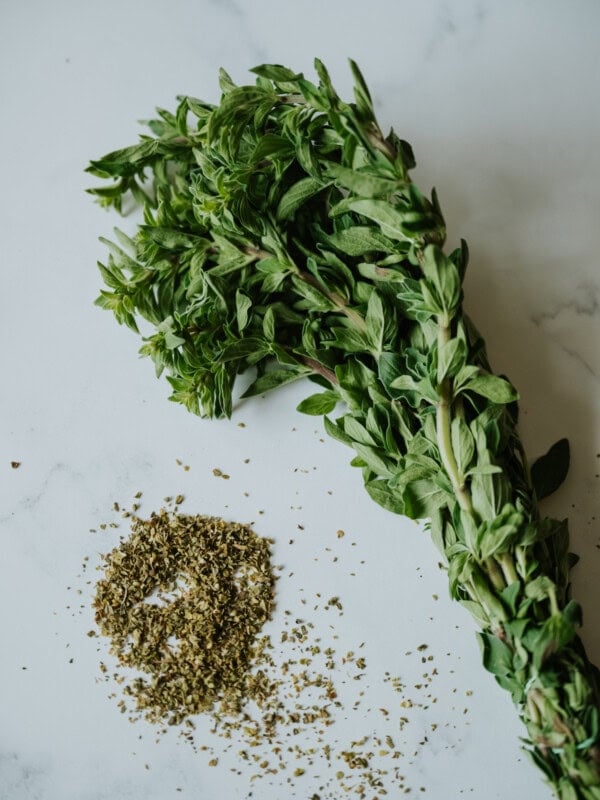
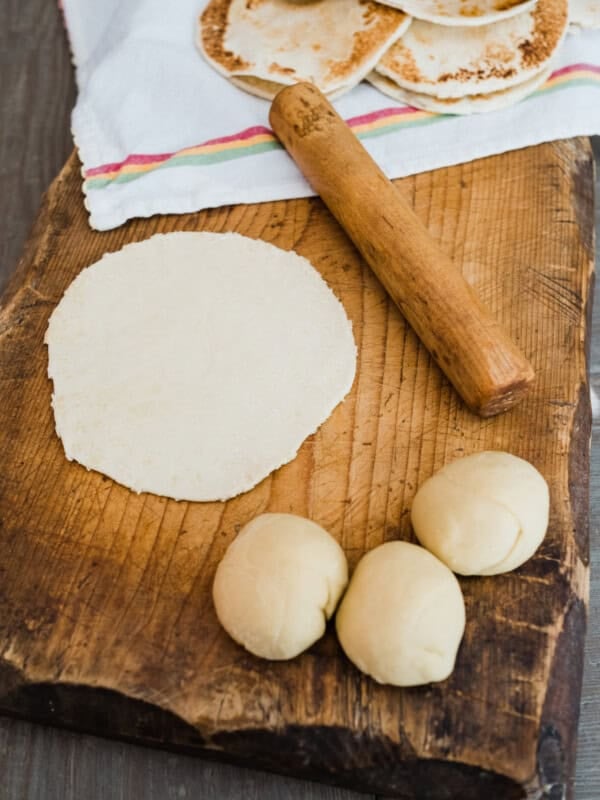
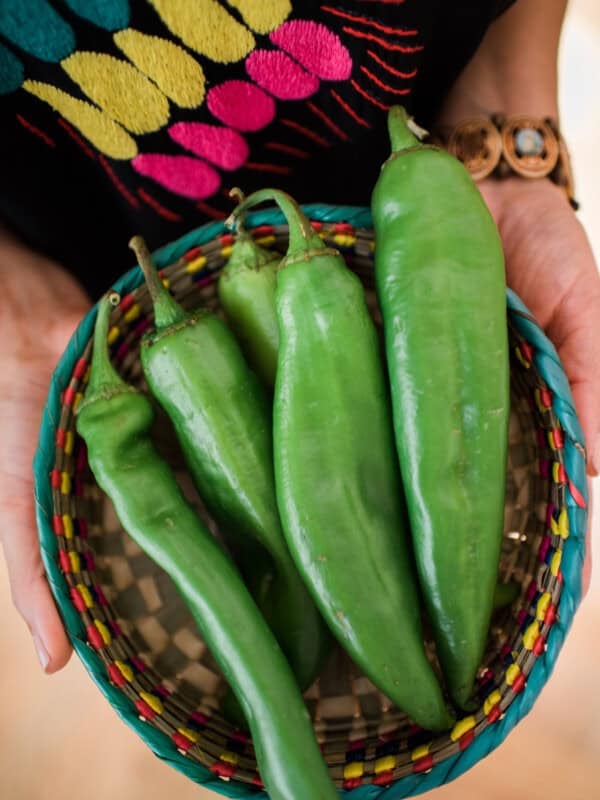









Very much enjoyed learning about canela. I just placed an order on Amazon for it — thank you for noting it can be purchased there. Can’t wait to make the te de canela.
Is Canela Molida close to what you recommend? I have that one, specifically marked, in my pantry, along with others that do not say anything other than ‘cinnamon’.
Despite of your very nice & Informative article on Cinnamon Please forgive my stupidity because I’d still like to know more about which one is the purest kind & the Medicinal/Health benefits & uses Please. Regards, Ali.
Hi Ali, thanks so much for reaching out. No questions are stupid questions! That said, I’m not a nutrition professional, so I don’t know if I’m the right person to answer which is the “best” for health/medicinal benefits. Here is a list of brands that was found to have contaminants—you should avoid them. I *assume* this means other brands that aren’t listed are probably okay, but you’ll probably want to confirm for yourself before purchasing. As for which type, it seems the common consensus is that all cinnamon is typically considered healthy in moderation, but Ceylon cinnamon (a.k.a. canela) is safer to ingest in larger quantities. Thanks for reading!